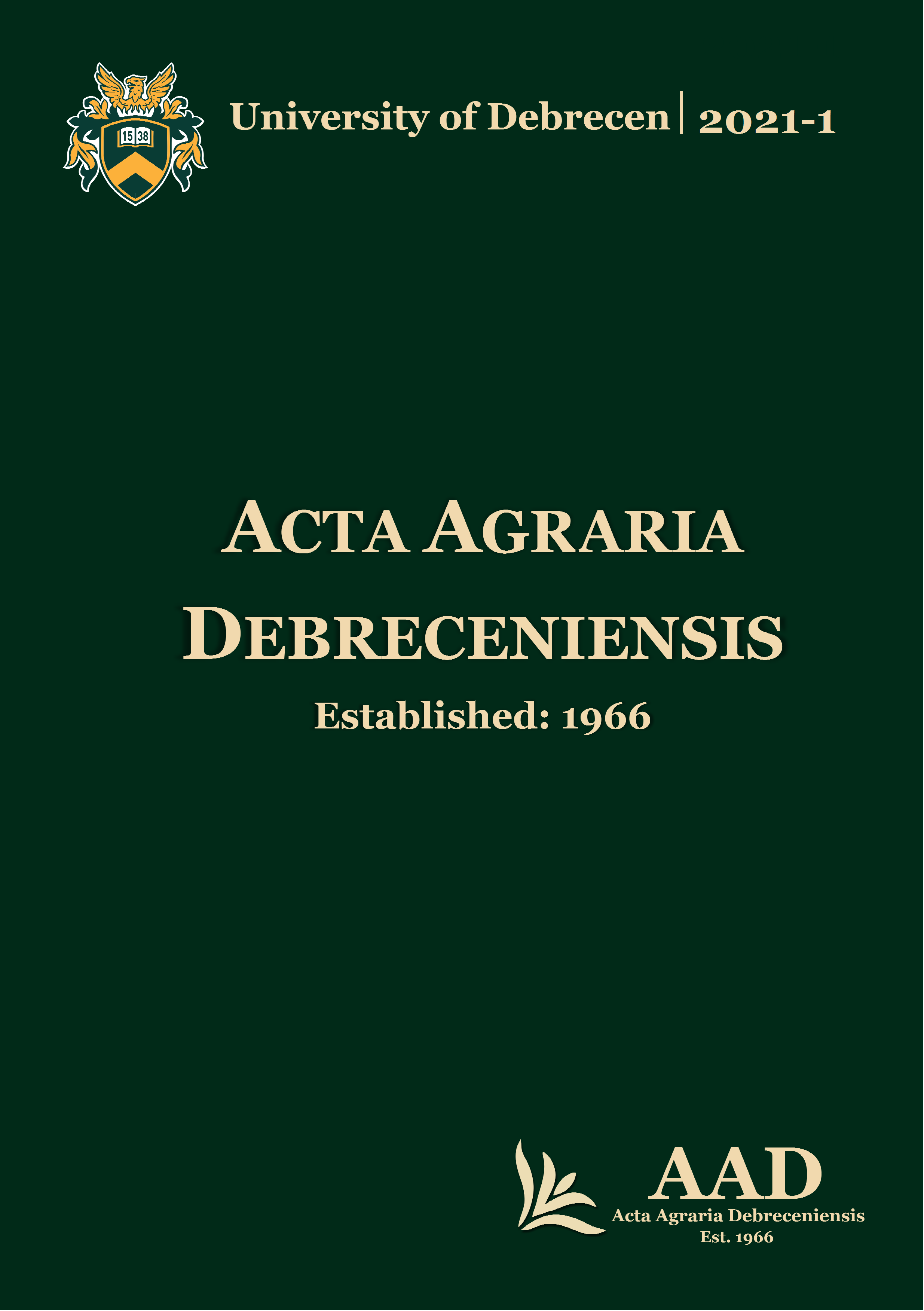A simple method for preparing elemental selenium nano- coating inside a silicone surface
Authors
View
Keywords
License
Copyright (c) 2021 by the Author(s)

This work is licensed under a Creative Commons Attribution 4.0 International License.
How To Cite
Accepted 2021-02-18
Published 2021-06-01
Abstract
Selenium nanoparticles (SeNPs) with a bright red colour have aroused worldwide attention due to their unique properties in selenium supplementation because of their low toxicity and favourable bioavailability. A simple method was developed for making a red selenium nanolayer on the inner surface of Polyvinyl chloride (PVC) and silicone tube. The selenium nanoparticles were produced by the reaction of sodium selenite and ascorbic acid. Red amorphous selenium nanoparticles have been successfully synthesized by the reaction of 500 mg dm-3 Se (sodium selenite) solution with 10 g dm-3 ascorbic acid solution at room temperature, and morphology was confirmed by X-ray diffraction analysis (XRD). The coating density was compared on PVC and silicone surfaces by using Scanning Electron Microscopy (SEM) and Energy-dispersive X-ray (EDS) analysis. The nanolayer with about 16 µm thickness on the silicone surface significantly evenly distributed compared to the PVC surface. The selenium coated silicone tube could be a good source of selenium for a continuous, low-level selenium supplementation of farm animals via drinking water.

 https://doi.org/10.34101/actaagrar/1/8940
https://doi.org/10.34101/actaagrar/1/8940